As the planet’s land-based natural resources become exhausted, the need for new sources is bringing the search to the deepest parts of the world’s oceans. And that has researchers across the globe very concerned.
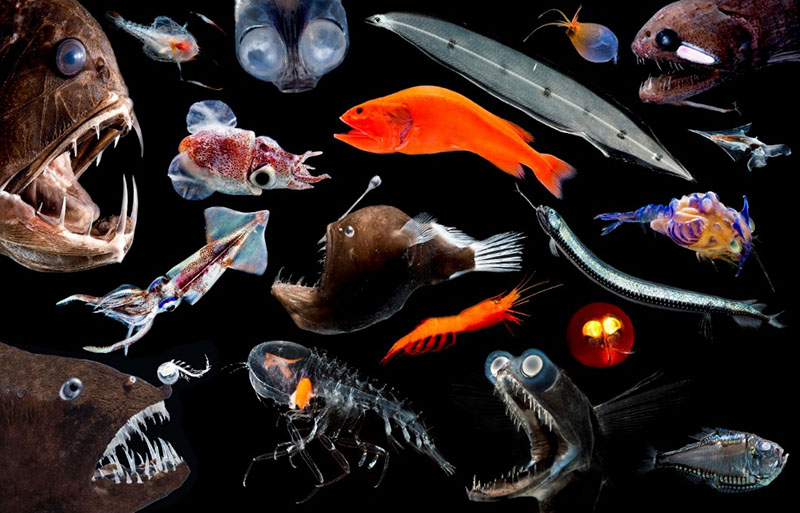
news, journals and articles from all over the world.

As the planet’s land-based natural resources become exhausted, the need for new sources is bringing the search to the deepest parts of the world’s oceans. And that has researchers across the globe very concerned.
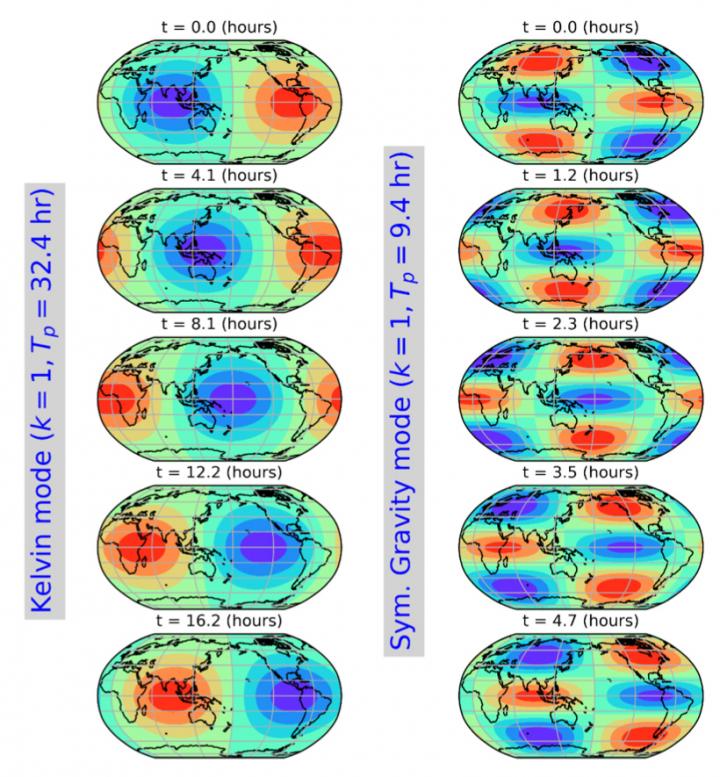
A ringing bell vibrates simultaneously at a low-pitched fundamental tone and at many higher-pitched overtones, producing a pleasant musical sound.
Most volcanic eruptions take place unseen at the bottom of the world’s oceans. In recent years, oceanography has shown that this submarine volcanism not only deposits lava but also ejects large amounts of volcanic ash.
A deep-sea soft coral garden habitat has been discovered in Greenlandic waters by scientists from UCL, ZSL and Greenland Institute of Natural Resources, using an innovative and low-cost deep-sea video camera built and deployed by the team. The soft coral…
The Khaled bin Sultan Living Oceans Foundation releases their latest findings from the largest coral reef survey and mapping expedition in history
A deep-sea soft coral garden habitat has been discovered in Greenlandic waters by scientists from UCL, ZSL and Greenland Institute of Natural Resources, using an innovative and low-cost deep-sea video camera built and deployed by the team. The soft coral…
The Khaled bin Sultan Living Oceans Foundation releases their latest findings from the largest coral reef survey and mapping expedition in history
Prediction of storm surges and peak wave heights using advanced high-resolution modeling reveals the important role of offshore reefs in protecting coastal zones. The findings by KAUST researchers provide valuable design criteria for city planning in the King Abdullah Economic…
Could the cure for melanoma – the most dangerous type of skin cancer – be a compound derived from a marine invertebrate that lives at the bottom of the ocean? A group of scientists led by Alison Murray, Ph.D. of…
Could the cure for melanoma – the most dangerous type of skin cancer – be a compound derived from a marine invertebrate that lives at the bottom of the ocean? A group of scientists led by Alison Murray, Ph.D. of…
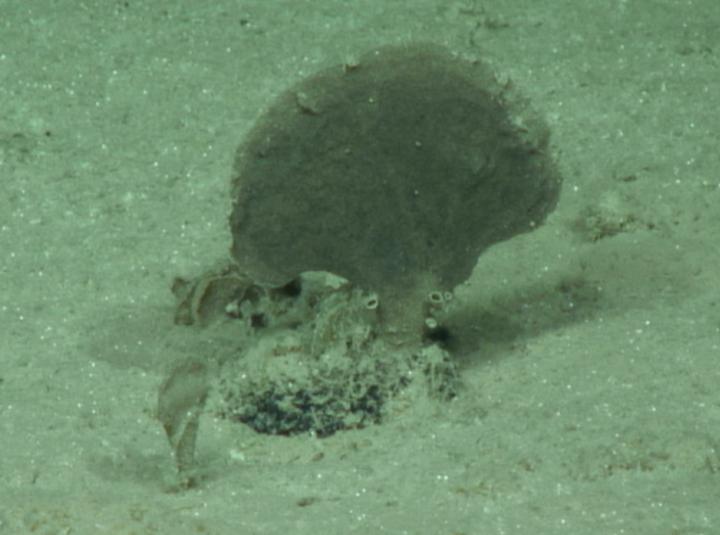
Two new genera and four new species of giant, single-celled xenophyophores (protozoans belonging to a group called the foraminifera) were discovered in the deep Pacific Ocean during a joint project between scientists at the National Oceanography Centre, UK (NOC), the University of Hawai’i, and the University of Geneva
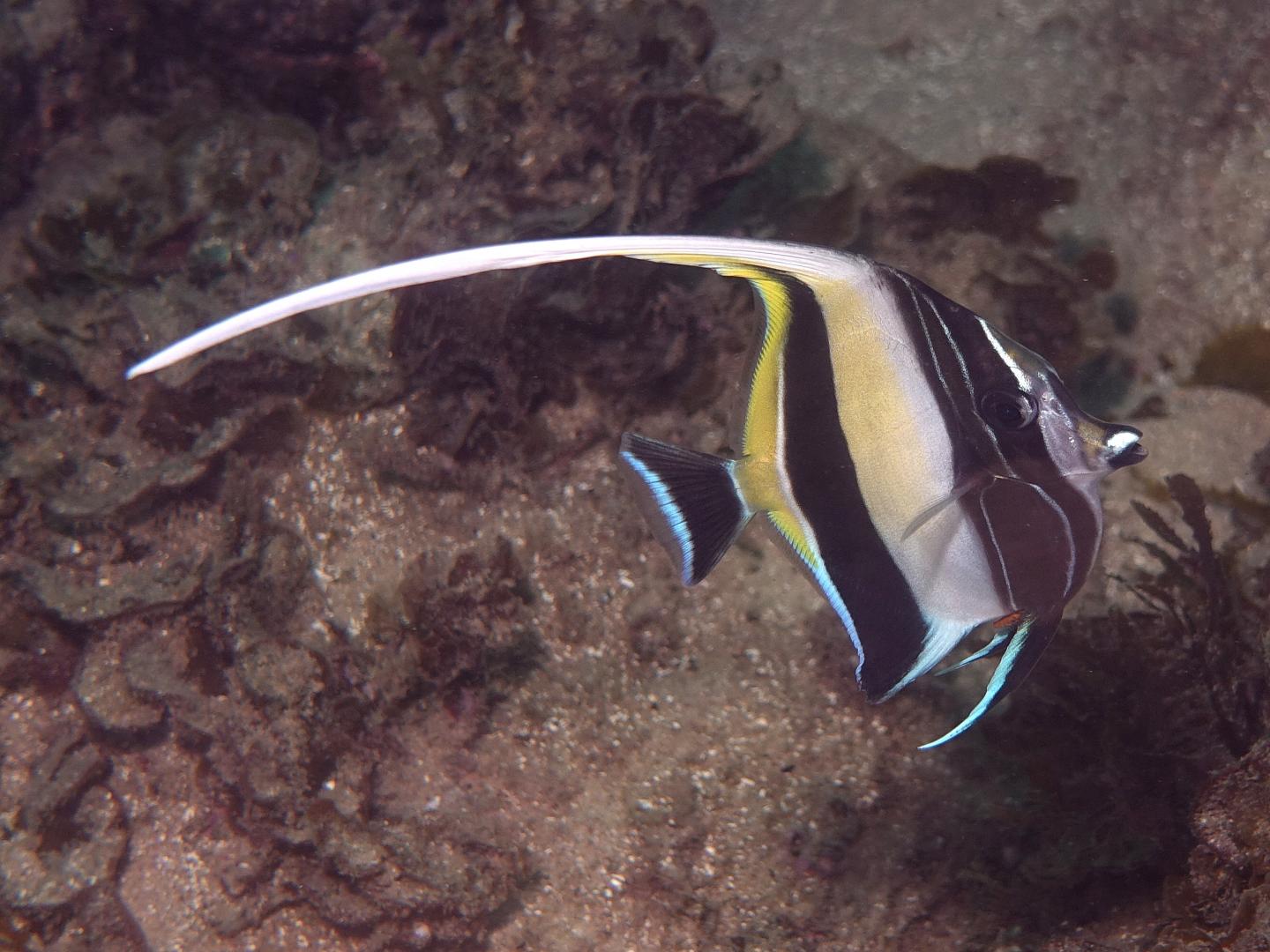
The global redistribution of marine and terrestrial species due to climate change is a major concern for conservation planners and resource managers.
MISSOULA – Melting of Arctic ice due to climate change has exposed more sea surface to an atmosphere with higher concentrations of carbon dioxide. Scientists have long suspected this trend would raise CO2 in Arctic Ocean water. Now University of…
MISSOULA – Melting of Arctic ice due to climate change has exposed more sea surface to an atmosphere with higher concentrations of carbon dioxide. Scientists have long suspected this trend would raise CO2 in Arctic Ocean water. Now University of…
NUI Galway study finds that wet wipes & sanitary towels are an underestimated source of white microplastic fibres in the marine environment and 50% of wet wipe brands tested in this study that were labelled ‘flushable’ contained plastic fibres
GEOMAR introduces flexible and modular system FOCI
NUI Galway study finds that wet wipes & sanitary towels are an underestimated source of white microplastic fibres in the marine environment and 50% of wet wipe brands tested in this study that were labelled ‘flushable’ contained plastic fibres
GEOMAR introduces flexible and modular system FOCI
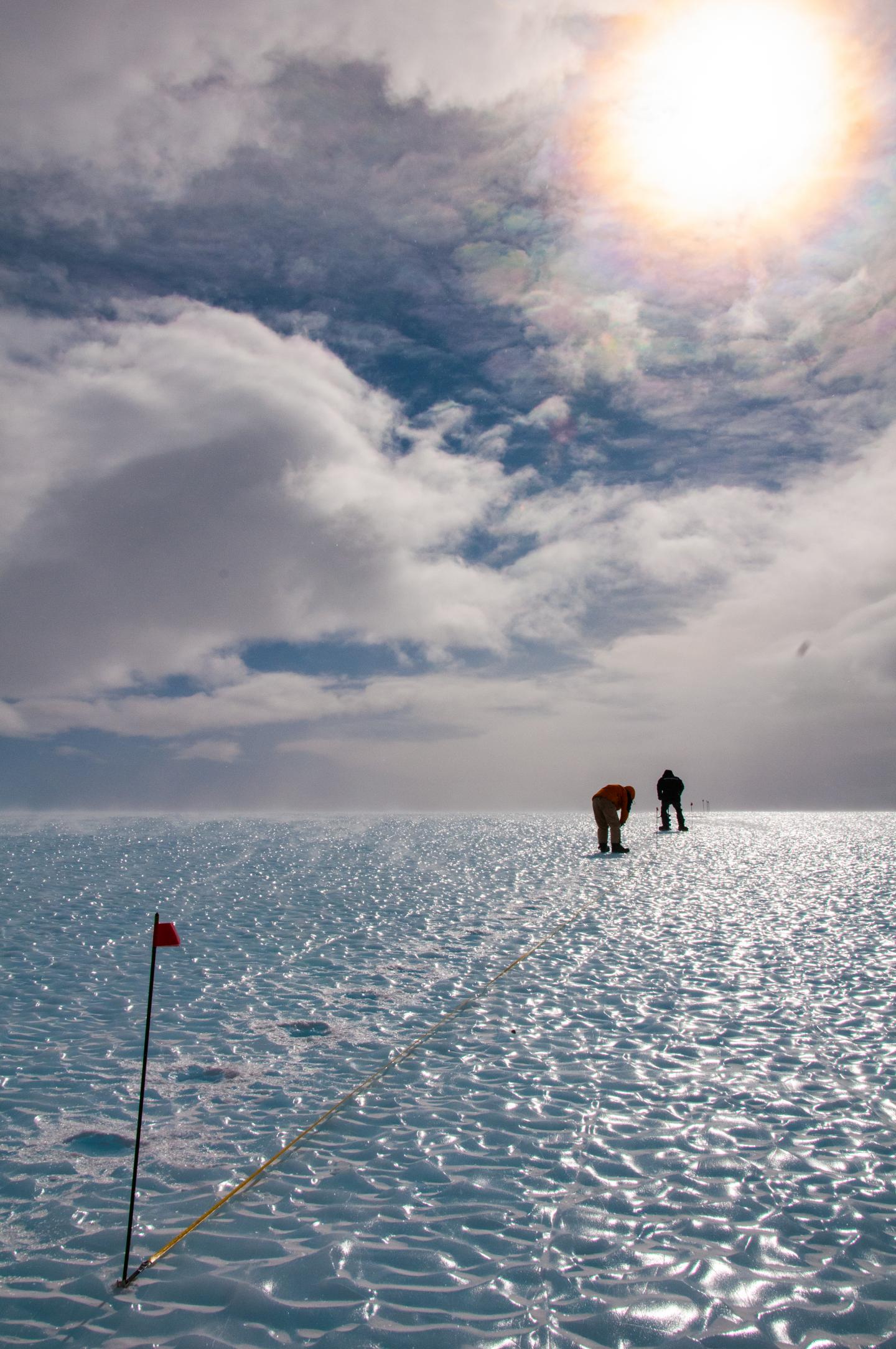
Sea ice across the Southern Ocean played a crucial role in controlling atmospheric carbon dioxide levels during times of past climate change – and it could provide a critical resource to improve Earth system models, a new study shows.
New team continues fieldwork in the Arctic
Scientists have discovered that the summer sea ice in the Weddell Sea sector of Antarctica has decreased by one million square kilometres – an area twice the size of Spain – in the last five years, with implications for the marine ecosystem. The findings are published this month (June 2020) in the journal Geophysical Research Letters.
Scientists have discovered that the summer sea ice in the Weddell Sea sector of Antarctica has decreased by one million square kilometres – an area twice the size of Spain – in the last five years, with implications for the…
Scientists have discovered that the summer sea ice in the Weddell Sea sector of Antarctica has decreased by one million square kilometres – an area twice the size of Spain – in the last five years, with implications for the…
MOSS LANDING, CA–For 30 years, MBARI ecologist Ken Smith and his colleagues have studied deep-sea communities at a research site called Station M, located 4,000 meters (2.5 miles) below the ocean’s surface and 290 kilometers (180 miles) off the coast…
MOSS LANDING, CA–For 30 years, MBARI ecologist Ken Smith and his colleagues have studied deep-sea communities at a research site called Station M, located 4,000 meters (2.5 miles) below the ocean’s surface and 290 kilometers (180 miles) off the coast…
Study uses data, locked in century old pressed algae, to reveal the mysteries of Monterey Bay’s marine life
The communities of tiny picoplankton in oceans reveal a great deal about the health of marine ecosystems and food webs. KAUST researchers have examined how numbers of these organisms vary across the year in both coastal and offshore locations in…
The communities of tiny picoplankton in oceans reveal a great deal about the health of marine ecosystems and food webs. KAUST researchers have examined how numbers of these organisms vary across the year in both coastal and offshore locations in…
With summer on the way, and some beaches reopening after COVID-19 shutdowns, people will be taking to the ocean to cool off on a hot day. But those unlucky enough to encounter the giant jellyfish Nemopilema nomurai (also known as…
New ECOTIP project will conduct pioneering assessment of changes to Arctic marine ecosystems and societies, from melting ice to shifting fisheries
The article was aimed at studying Curonian spit beaches pollution with macro and microplastic. The pollution from both Russian and Lithuanian parts was studied
With summer on the way, and some beaches reopening after COVID-19 shutdowns, people will be taking to the ocean to cool off on a hot day. But those unlucky enough to encounter the giant jellyfish Nemopilema nomurai (also known as…
New ECOTIP project will conduct pioneering assessment of changes to Arctic marine ecosystems and societies, from melting ice to shifting fisheries
The article was aimed at studying Curonian spit beaches pollution with macro and microplastic. The pollution from both Russian and Lithuanian parts was studied
Researchers have projected significant changes in the habitat of commercially important American lobster and sea scallops on the Northeast U.S. continental shelf. They used a suite of models to estimate how species will react as waters warm. The researchers suggest…
Almost 13,000 tonnes of microfibres, equivalent to two rubbish trucks every day, are being released into European marine environments every year.
Scientists from Nanyang Technological University, Singapore (NTU Singapore), and an international research team have predicted that by 2050, mangroves will not be able to survive rising sea-levels if global carbon emissions are not reduced. Using sedimentary archives from when the…
Scientists explored how the valuable ecosystems responded to rising seas in the past
Scientists from Nanyang Technological University, Singapore (NTU Singapore), and an international research team have predicted that by 2050, mangroves will not be able to survive rising sea-levels if global carbon emissions are not reduced. Using sedimentary archives from when the…
Scientists explored how the valuable ecosystems responded to rising seas in the past
The extent to which rivers transport burned carbon to oceans – where it can be stored for tens of millennia – is revealed in new research led by the University of East Anglia (UEA).
Shrinkage due to COVID-19 may provide case in point
Shrinkage due to COVID-19 may provide case in point
Awards recognize interdisciplinary applications, theoretical innovation, and photo-optical instrumentation and designAwards recognize interdisciplinary applications, theoretical innovation, and photo-optical instrumentation and design
Nontarget and target screening of organohalogen compounds in mussels and sediment from Hiroshima Bay, Japan
Scientists on the Global Reef Expedition surveyed and mapped New Caledonia’s most remote coral reefs–some for the first time
Scientists on the Global Reef Expedition surveyed and mapped New Caledonia’s most remote coral reefs–some for the first time
Okinawa Institute of Science and Technology Graduate University (OIST) invites reporters to a private online briefing with two scientists who are looking at the impacts of climate change through their coral reef research. The two scientists, from Okinawa and Florida,…
The most common organism in the oceans, and possibly on the entire planet, is a family of single-celled marine bacteria called SAR11. These drifting organisms look like tiny jelly beans and have evolved to outcompete other bacteria for scarce resources…
The ice shelves surrounding the Antarctic coastline retreated at speeds of up to 50 metres per day at the end of the last Ice Age, far more rapid than the satellite-derived retreat rates observed today, new research has found. The…